We’re used to tracking spring’s progression through flowers (colt’s foot to purple trillium to columbine) or bird sightings (phoebes to sapsuckers to warblers). Spend time near a wetland and frog song can be used in the same way.
Frogs and toads have a distinct calling phenology (and phonology) largely influenced by climatic variables such as humidity and the temperature of air and water. You can think of the anuran (frogs and toads) breeding season as a symphony with three major movements – the onset of each varies depending on location, elevation, and microclimate, but the order of appearance remains the same.
The first movement begins in spring with the onset of the first warm rains, when nighttime temperatures remain above 40°F. Out come the wood frogs, whose quacking calls may only last a week or so. Around the same time, spring peepers add their bell-like peeps, continuing nightly for four to six weeks. Where northern leopard frogs occur, their rhythmic, low snores usually peak in late April.
The second movement begins with the subtle snoring of pickerel frogs and the prolonged, nasal trill of American toads. As temperatures warm, gray treefrogs add their short, trumpet-like trills, along with a few plunky banjo notes of green frogs.
With summer in full swing, a steady chorus of green frogs signifies the onset of the final movement, which also includes the steady bassline “jug-o-rums” of American bullfrogs, and in northernmost areas, the staccato, percussive rapping of mink frogs.
By early August, the anuran symphony has been replaced by the crickets, katydids, and cicadas of late summer.


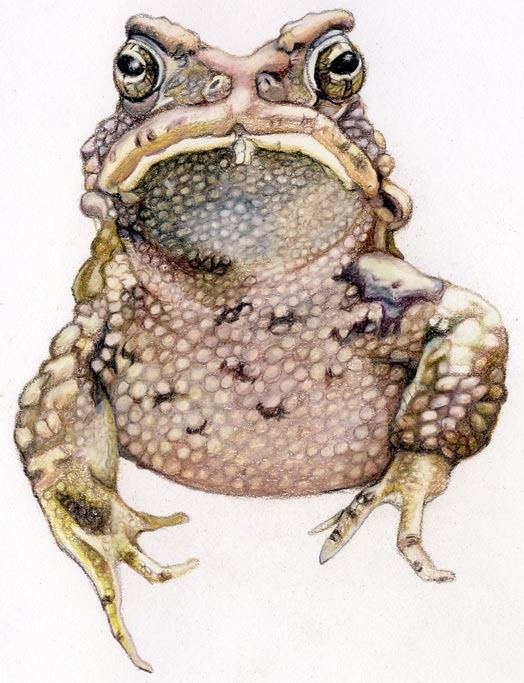
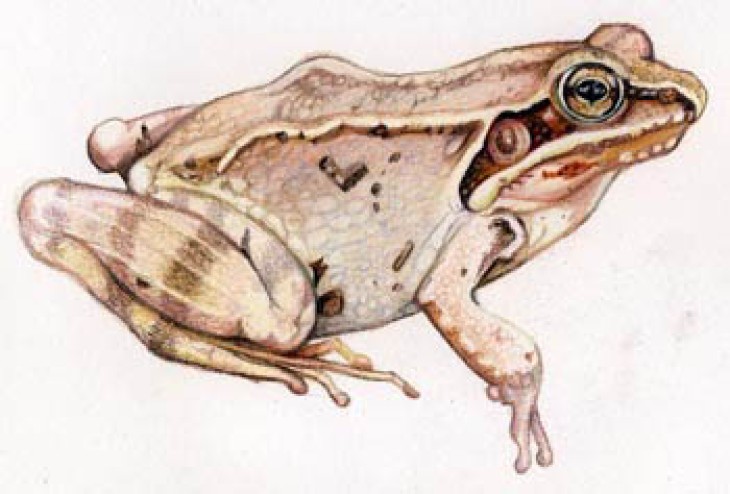
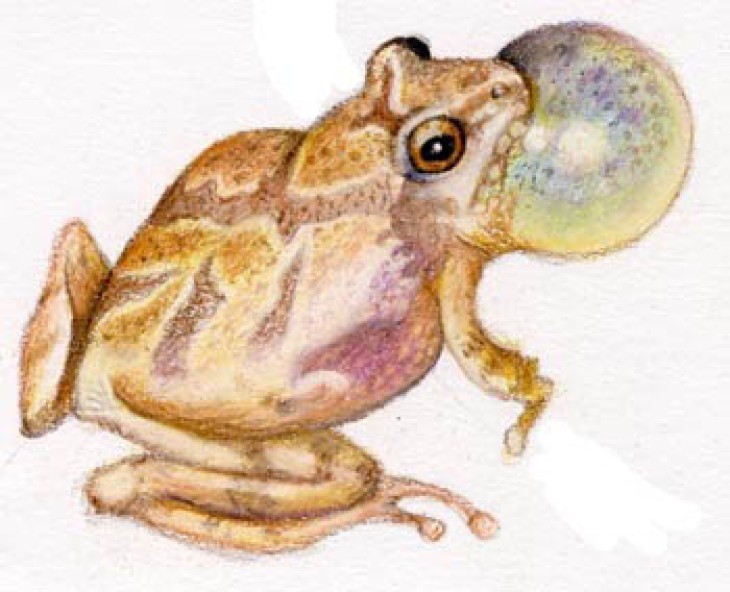
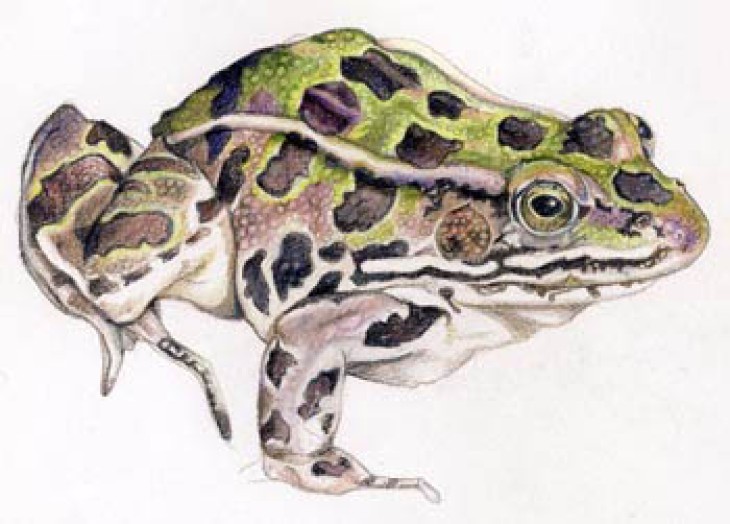
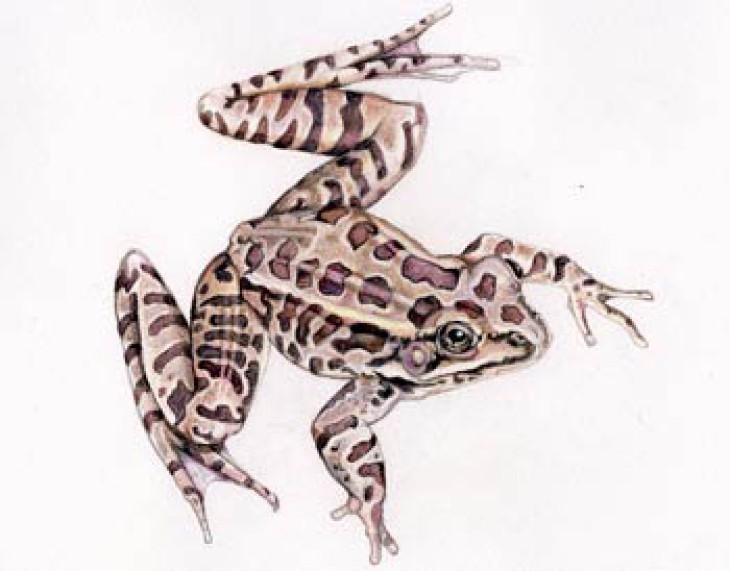
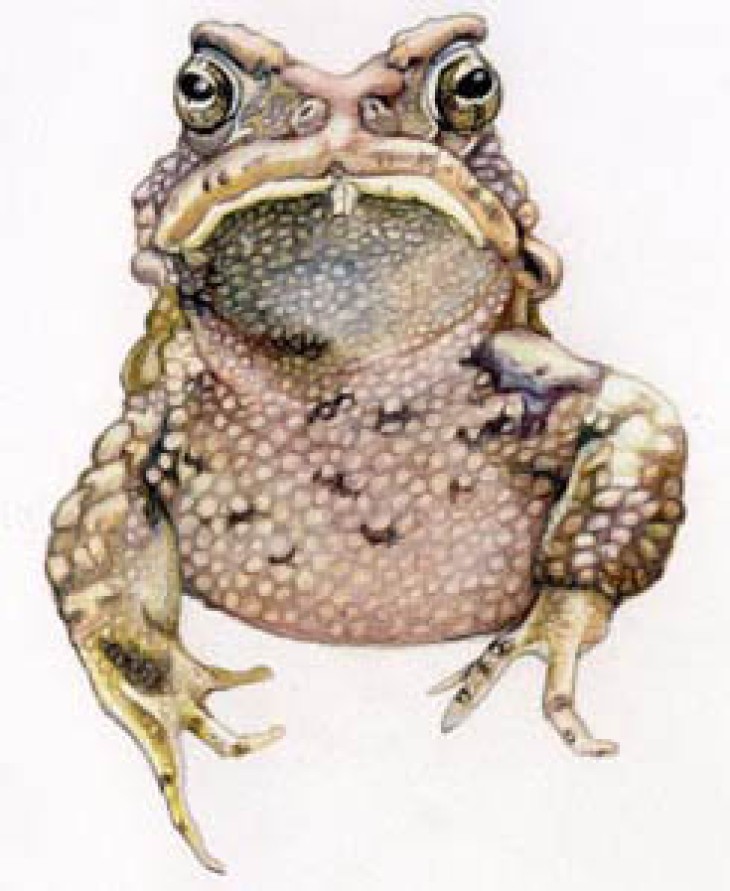
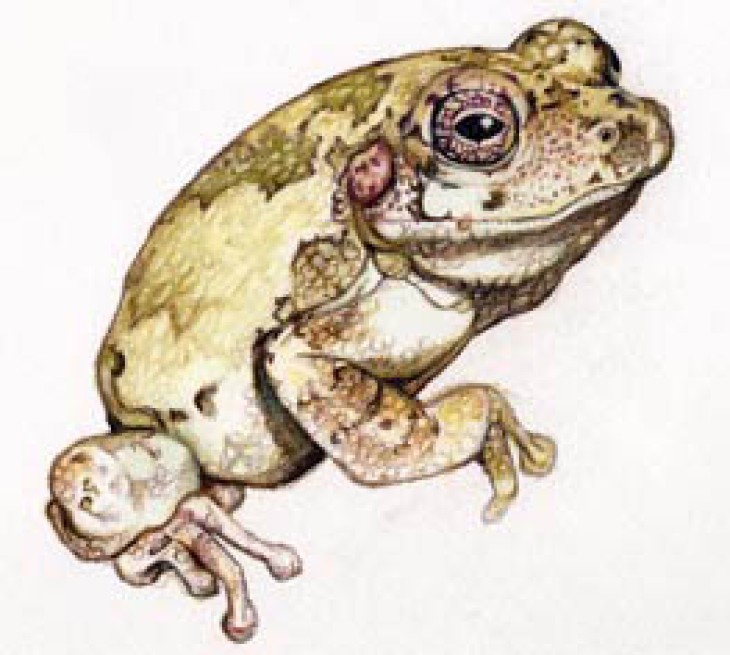
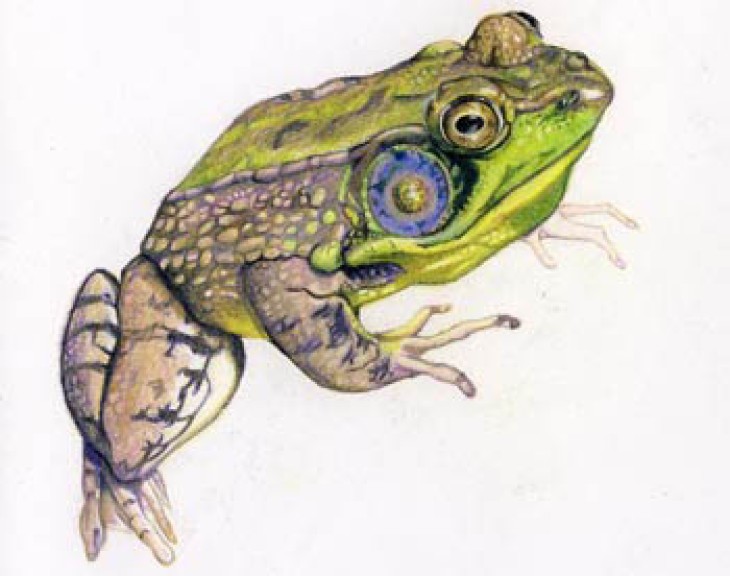
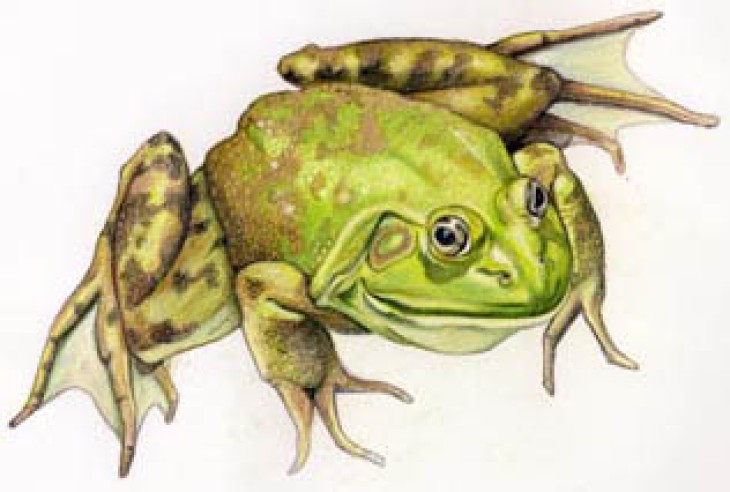
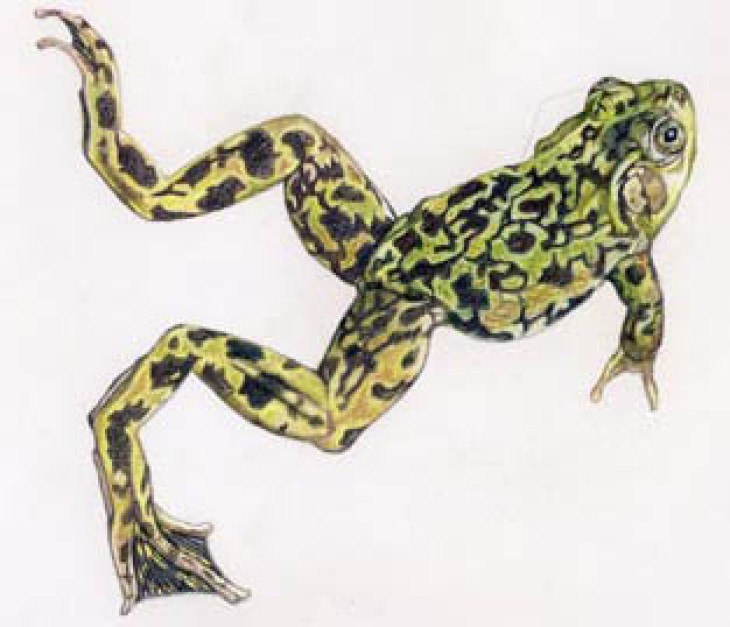
Discussion *